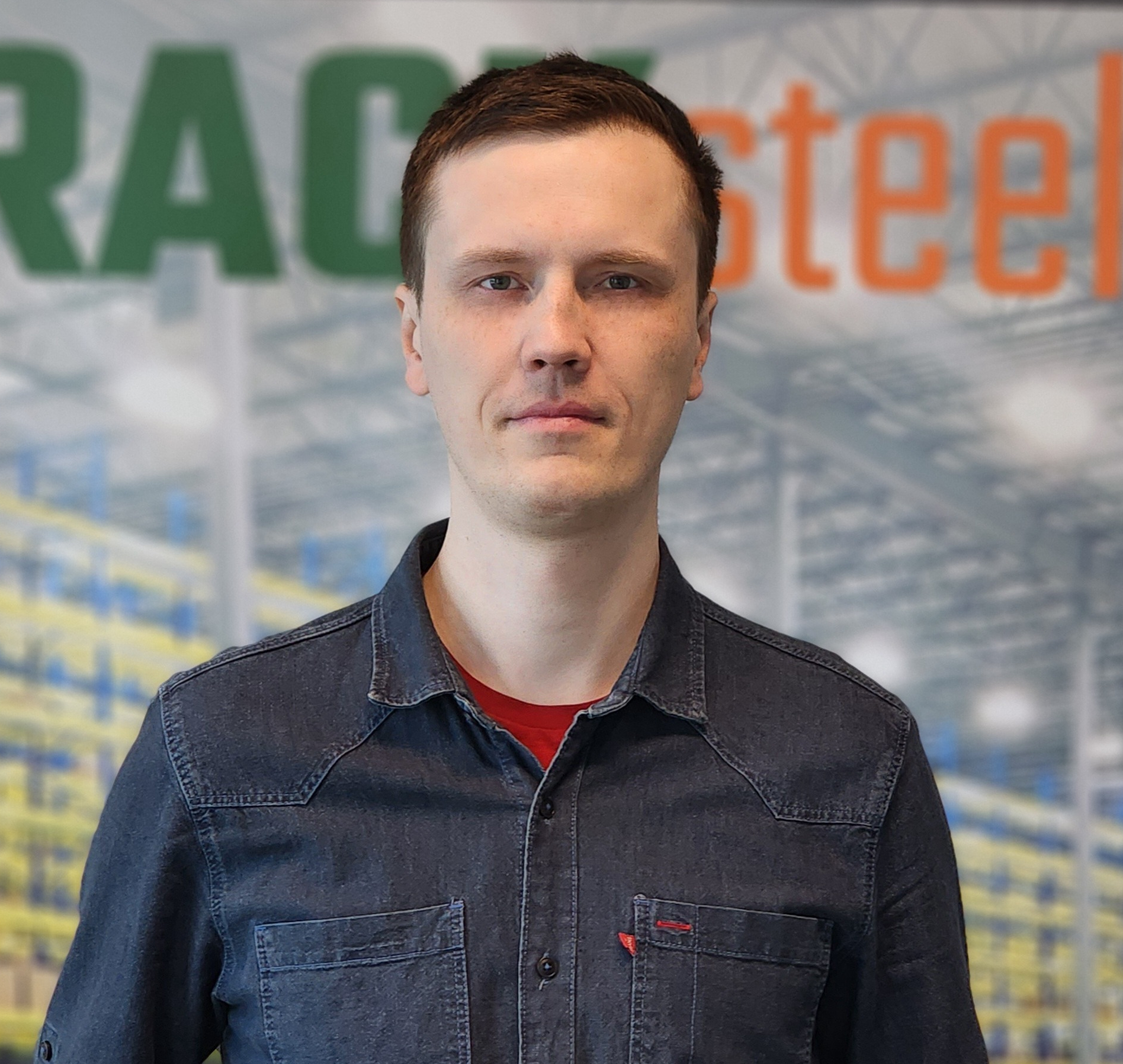Here are some brief thoughts on what you should consider when thinking “What do I need to do differently in larger scale projects in my facility”?
There are many answers and some that may only pertain to your organization. As a warehouse manager or operations leader, you should identify the following differences when dealing with a big project. What is a big project? Well, that’s up to you, but generally when there requires significant capital investment, or when big changes are required to your operational flow. Perhaps smaller projects can be considered evaluating a new safety product to implement to your plant. Let’s dive in:
There will most certainly be a larger stakeholder group. Larger material handling or operational projects will involve a more thorough definition of stakeholders involved or not involved. What is their influence and communication requirements?
You’ll likely require a more diverse team, including suppliers, partners, and interdepartmental resources of your own company. What are their strengths? How can you measure their performance effectively?
Larger projects will deal with more issues revolving around the economics of currency exchanges and external threats. Prepare to plan in depth about the risks involved in your larger project. What are the real risks and what are our response when the risk is realized?
You’ll experience a larger schedule and network diagram to review and monitor in large projects. Your warehouse project may involve the purchase of a large piece of machinery or production equipment. You may be outsourcing most of it, but also developing part of the project in house. How are you tracking the activities? Larger projects will involve a detailed calendar of events.
Smaller jobs may require no contracts. It may require a couple. Large projects however will likely require a thorough terms and conditions section from your selected suppliers, or perhaps strict guidelines to abide by internally. If you’re purchasing a shelving system to install, consider the terms and conditions of sale since it will likely be custom parts, custom heights, and weight capacities. Are returns allowed? What is the production required? What if your product changes over time? Be sure to evaluate the project in detail before procurement and the contracts that follow.
I mentioned risk briefly above when referring to exchange rates and external market threats that may occur when dealing with international purchasing or project management. Risk cannot be understated. Projects that involve purchases or expected results that are smaller in nature will probably not require the same detail and risk analysis. Be sure to identity risk responses, who’s responsible is the risk is realized, and develop processes to minimize the risk from happening in the first place in large projects. If you’ve approved a large
pushback racking system to be installed, did you consider freight risks? Although your supplier may have included it, they cannot control the weather. Perhaps there are snowstorms and shut down major highways. Perhaps you’re shipment is late by over a week which holds you back from rolling out a program you’ve had scheduled for months. Capture the risks and identify the response if necessary.

